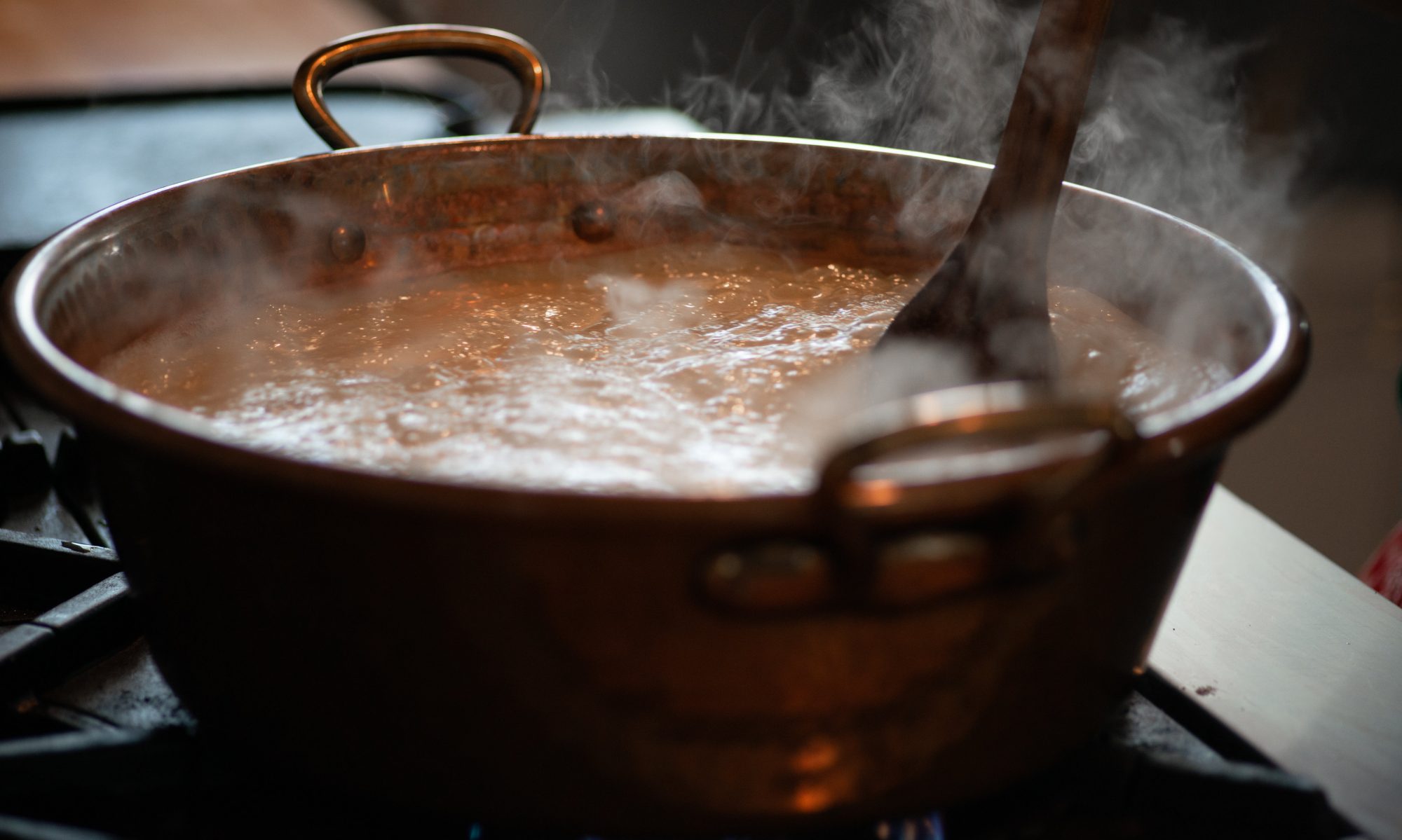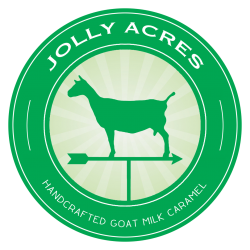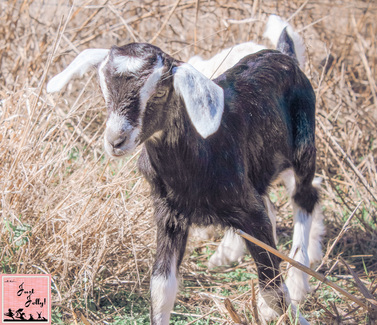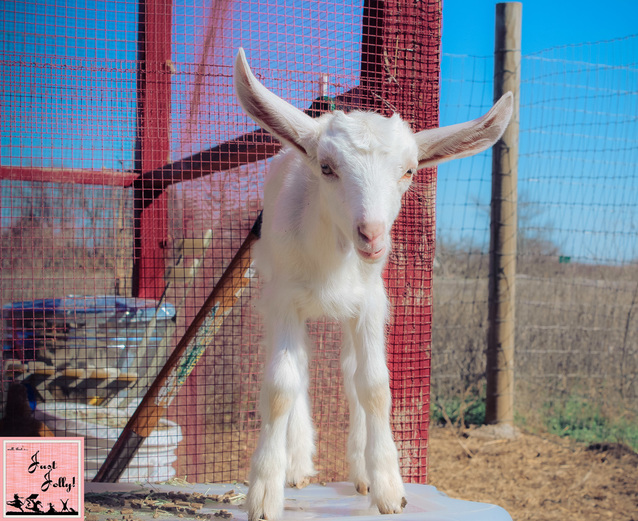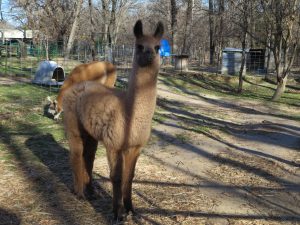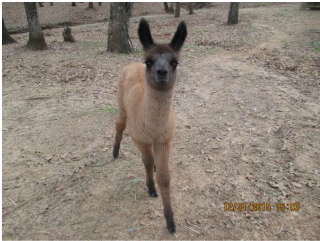Originally posted 3/17/2016
I love the early morning sounds I’ve come to know since moving to our forever farm this fall. No. No roosters crowing to wake us, yet. That will come soon enough once our incubating eggs have hatched out and we find out how many roos will be among this hatch.
I’m talking about those moments just before my alarm goes off at 5:45, and I’m lying there listening to the county rock hauler leaving his place down the road and turning out onto the highway that runs behind our house. My pup, Charlie, stirring in his crate. Or, at my feet if he’s lucky enough to sneak into bed with me before Honeyman notices he’s not crated at night. The water fountain feature on our rain harvester bubbling and gurgling just outside our bedroom window.
Those moments after my feet hit the ground for a full day, like every day. When Sissy, the barn cat, is meowing at the back door to be fed and loved on. The sound of our neighbor leaving his place. His diesel engine pulling at the work trailer he tows every day. And, the sound of the goats and chickens as I round the corner of the house going down to feed their morning bottles and turn out the coop.
But, my goats sounded distinctly different this morning. You see, Tuesday we lost our beloved Truvy while she was under anesthesia. It was a routine abscess removal, but goats are highly sensitive. I knew this. But, I weighed the options our vet gave us, and she and I both felt this was our best one. She repeatedly reminded me that this was routine, and the best path forward in beginning our dairy herd. I wanted to see what the abscess was. It bore the telltale signs of CLCaseous Lymphadenitis, a highly contagious and nearly, if not impossible disease to eradicate once embedded in your herd. But, Truvy’s heart stopped during the procedure, and ours broke.
Not only did ours break, but her companion Clairee’s did, too. Goats are highly social animals. You can’t keep just one. And, so she cried throughout the day after Truvy was gone, and through yesterday as well. Knowing we couldn’t keep her alone, and that our buckling wasn’t set to join us till April, I began searching for more doelings not long after the vet called to inform me of Truvy’s death. I wasn’t ready to open my heart back up to another animal yet, especially while waiting for the results of the CL culture due next week. But, Clairee had no visible signs of CL, and she was awfully lonesome. And, so, farm life goes on.
Yesterday evening we brought home three new additions to our dairy herd. Two, four week old bottle baby Nubian doelings, whose unregistered dam had earned her STAR in milk and butterfat. And, a six month old Nubian buckling, whose dam was registered (sire, too) and had earned her STAR as well. A family farm raising Longhorn cattle had gotten them, and realized they were more work than their cattle. And, with both parents working as teachers, raising two young children, and the Longhorns, they sold all three goats at a good and fair price.
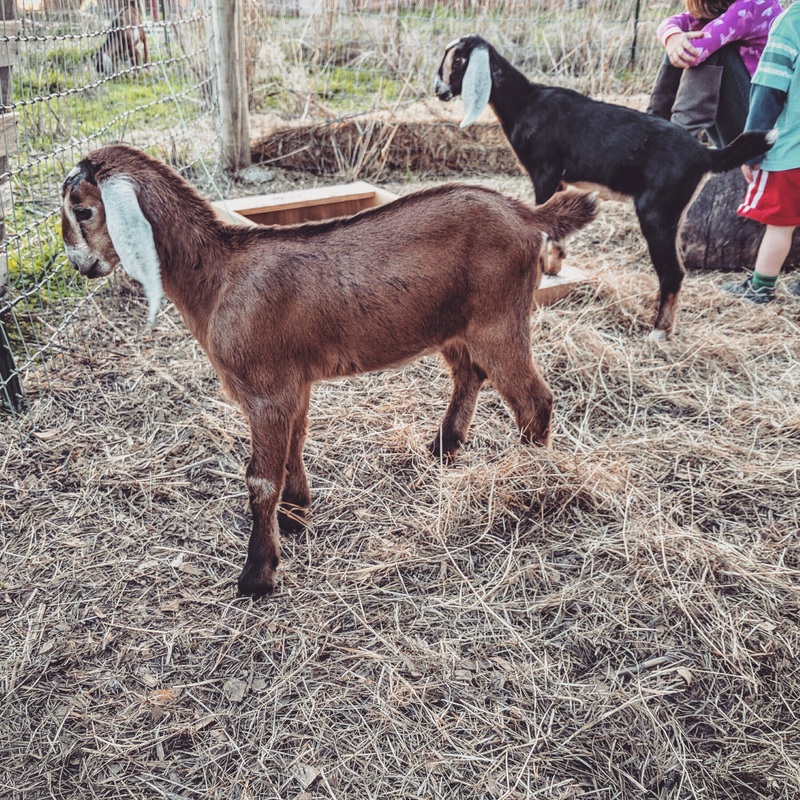
As I rounded the corner of the house this morning with three bottles in my overall pockets instead of my usual two, I heard the distinct cries of young kids that were hungry for bottles. My Clairee’s usual deeper, older, cry for her bottle. And, the quieter, softer sounds of our sweetheart of a buckling, gently asking for his breakfast. As I sat trying to juggle a flashlight between my shoulder and ear, along with three bottles, watching dawn’s fingers of light slowly wiping away the dark of night, I prayed the prayer of all those living among the ebb and flow, give and take of life on a farm.
Sweet, merciful Creator,
Thank you for this beautiful life. It is glorious. Precious. And, full of hope and pain all wrapped up together. Bless our family, two and four legs alike. And, may we seek to bless those around us with the light of your love. Thank you, gracious, glorious Creator of all.
Amen.
